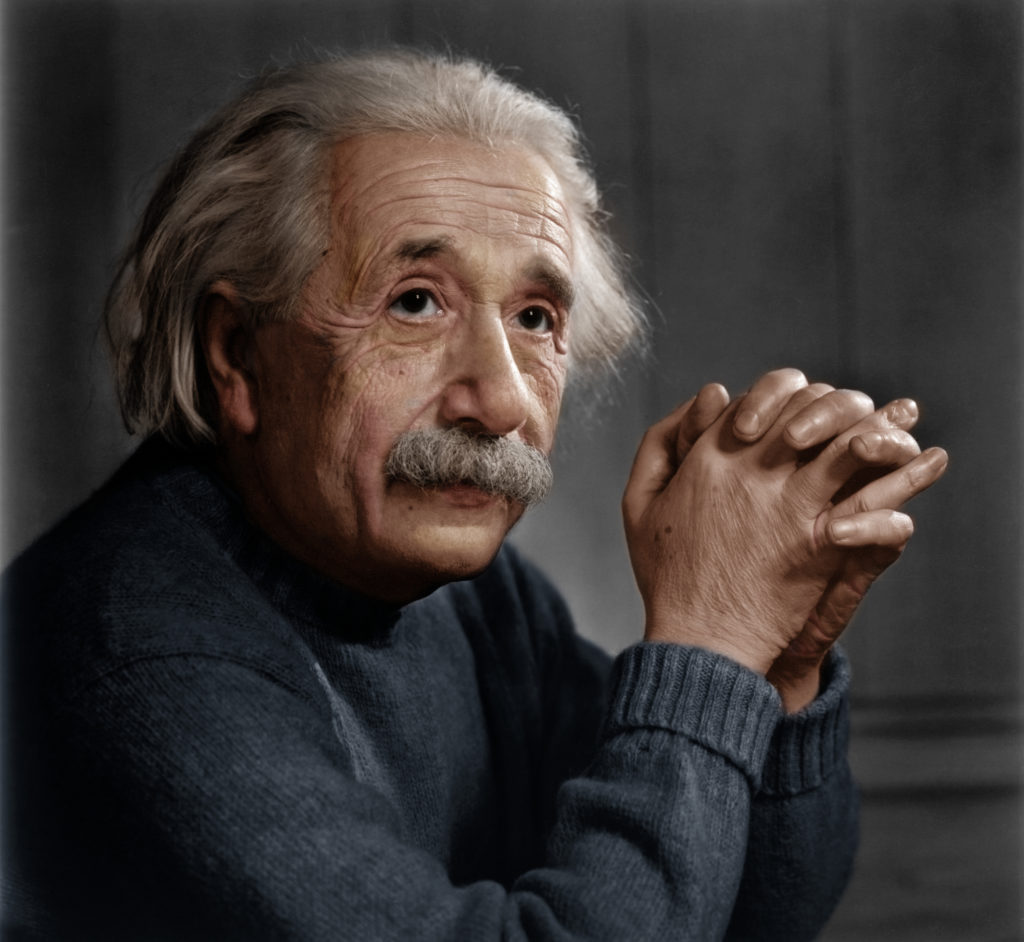
The Unsung Architects of Victory: Exploring the World of Top Football Video Analysts
In the high-stakes, hyper-competitive arena of modern football, where marginal gains often dictate the fine line between triumph and despair, a quiet revolution has been unfolding behind the scenes. Beyond the roar of the crowd, the brilliance of players, and the tactical genius of managers, a sophisticated cadre of professionals meticulously dissects every pass, movement, and decision. These are the top football video analysts – the unsung architects of victory, whose insights and data-driven intelligence have become as indispensable as the boots on the players’ feet.
Once a rudimentary task performed by an assistant coach with a camcorder and a notepad, football analysis has blossomed into a multi-faceted discipline, harnessing cutting-edge technology and advanced statistical models. Elite clubs now boast dedicated analysis departments, staffed by specialists who blend deep football knowledge with technological prowess, transforming raw footage and complex data into actionable insights.
The Evolution of the Analyst’s Role
The journey of football analysis began humbly. In the pre-digital age, coaches would spend hours reviewing grainy VHS tapes, manually noting patterns and individual performances. The advent of digital video and specialized software in the late 20th and early 21st centuries marked a significant turning point. Tools like Sportscode, NacSport, and later, cloud-based platforms like Wyscout and InStat, revolutionized the speed and depth of analysis, allowing analysts to tag, categorize, and retrieve specific actions with unprecedented efficiency.
Today, the role of a top video analyst is far more intricate than merely cutting clips. They are vital members of the coaching staff, influencing everything from pre-match strategy and in-game adjustments to player development and recruitment. Their work provides an objective lens through which to view performance, stripping away emotion and bias to reveal the fundamental truths of the game.
The Multifaceted Contributions of Elite Analysts
Top football video analysts operate across several critical domains, each demanding a unique blend of skills and expertise:
-
Tactical Analysis (Pre-match, In-game, Post-match):
- Opposition Scouting: This is perhaps the most visible aspect of an analyst’s work. Before a match, analysts meticulously study the opponent’s previous games. They identify their preferred formations, attacking patterns, defensive weaknesses, set-piece routines (both offensive and defensive), key player tendencies, and potential vulnerabilities. This information is then distilled into concise, visual presentations for the coaching staff and players, offering a clear tactical blueprint for the upcoming game.
- Self-Analysis: Equally crucial is the analysis of one’s own team. Analysts break down past performances, evaluating tactical adherence, individual player execution, transition play, defensive shape, and attacking effectiveness. This helps coaches understand what worked, what didn’t, and why, facilitating necessary adjustments and improvements.
- In-game Support: In some modern setups, analysts provide real-time data and video clips to the coaching staff during matches. This rapid feedback loop allows managers to make informed tactical changes, identify fatigue, or exploit newly discovered opponent weaknesses during the game itself.
-
Player Development and Individual Performance:
- Top analysts work closely with players, providing personalized feedback based on their performance data and video clips. This could involve highlighting areas for technical improvement (e.g., body orientation before a pass, shooting technique), tactical understanding (e.g., positioning in a defensive block, decision-making in attack), or physical output (though this often overlaps with sports science).
- They can create individualized development plans, tracking progress over weeks and months, and helping players visualize their strengths and areas needing attention. This bespoke approach empowers players to take ownership of their development.
-
Recruitment Analysis:
- In the transfer market, where every signing represents a significant investment and risk, video analysts play a pivotal role. They assist scouting departments by providing in-depth tactical and technical assessments of potential targets. Beyond raw statistics, they analyze how a player fits into the team’s tactical philosophy, their decision-making under pressure, work rate, and consistency across multiple games.
- Platforms like Wyscout, with their vast databases of player footage from leagues worldwide, are invaluable here, allowing analysts to quickly identify and evaluate players who might otherwise go unnoticed. This data-driven approach significantly reduces the risk associated with high-value transfers.
-
Set-Piece Specialization:
- Given the increasing importance of set-pieces in modern football (corners, free-kicks, throw-ins), some top clubs employ dedicated set-piece analysts. These specialists design and refine offensive routines, exploit opponent weaknesses in defending set-plays, and ensure the team is defensively robust from dead-ball situations. They dissect every detail, from player positioning and runs to delivery techniques and blocking strategies.
The Tools of the Trade
The modern football analyst’s toolkit is sophisticated and constantly evolving:
- Video Analysis Software: Industry standards include Sportscode, NacSport, and Hudl Sportscode (now part of Hudl), which allow for detailed tagging, drawing tools, and presentation creation. These are often used for in-depth, post-match analysis.
- Online Scouting Platforms: Wyscout and InStat are ubiquitous. They provide vast libraries of match footage from leagues globally, complete with pre-tagged events, heatmaps, passing networks, and an array of statistical data, making opposition scouting and recruitment analysis incredibly efficient.
- Data Visualization Tools: Analysts often use bespoke dashboards or software like Tableau or Power BI to present complex data in easily digestible visual formats (e.g., passing maps, shot maps, defensive action zones).
- GPS Tracking & Wearable Technology: While managed by sports scientists, the data from GPS vests (distance covered, sprint metrics, acceleration/deceleration) is often integrated into analysis, providing a complete picture of a player’s physical output alongside their technical and tactical actions.
- Communication Platforms: Secure internal networks and video conferencing tools are essential for sharing sensitive information and conducting remote analysis sessions.
Key Skills of an Elite Football Video Analyst
Beyond technical proficiency with software, the most impactful analysts possess a unique blend of innate abilities and acquired expertise:
- Deep Football Knowledge: This is paramount. An analyst must understand the nuances of the game, tactical principles, player roles, and the flow of play to correctly interpret what they see and to identify truly impactful moments. Without this, data is just numbers and video is just moving pictures.
- Exceptional Observational Acuity: The ability to spot subtle patterns, anticipate movements, and identify crucial moments amidst 90 minutes of action requires incredible focus and a keen eye for detail. They must see beyond the ball and understand the interplay of all 22 players.
- Technical Proficiency: Mastery of the various analysis software and data platforms is a given. They must be able to navigate complex systems, extract relevant data, and utilize all features to their full potential.
- Analytical and Critical Thinking: An analyst doesn’t just present data; they interpret it. They must be able to formulate hypotheses, test them against evidence, and draw logical conclusions. This includes understanding statistical significance and avoiding cognitive biases.
- Outstanding Communication Skills: Perhaps the most crucial skill. An analyst must translate complex data and tactical concepts into clear, concise, and actionable insights for coaches and players. This often involves creating compelling visual presentations, but also requires strong verbal communication, patience, and the ability to adapt their message to different audiences.
- Attention to Detail & Accuracy: A single mis-tagged event or a misinterpretation can lead to flawed conclusions. Precision and meticulousness are non-negotiable.
- Adaptability and Continuous Learning: The world of football, and the technology surrounding it, is constantly evolving. Top analysts must be lifelong learners, embracing new software, data models, and tactical trends.
- Discretion and Trustworthiness: Given access to sensitive tactical plans and player performance data, integrity and the ability to maintain confidentiality are absolutely essential.
The Impact on the Modern Game
The pervasive influence of top video analysts has fundamentally altered the landscape of professional football. They provide:
- Competitive Advantage: By identifying tactical weaknesses in opponents or refining their own team’s strategies, analysts contribute directly to on-field success.
- Informed Decision-Making: Coaches and sporting directors no longer rely solely on gut feeling. Analysis provides objective data to back up tactical choices, player selections, and transfer targets.
- Accelerated Player Development: Personalized feedback and visual learning help players understand their roles better, correct mistakes faster, and unlock their full potential.
- Risk Mitigation: In the high-stakes transfer market, data-driven recruitment analysis significantly reduces the chances of making costly mistakes.
- Marginal Gains: In a game decided by fine margins, the meticulous dissection of every detail can provide the decisive edge.
Challenges and the Future of Analysis
Despite their growing importance, analysts face challenges. The sheer volume of data can be overwhelming, requiring sophisticated filtering and interpretation. Communicating complex insights effectively to time-constrained coaches and players remains an art form.
The future of football analysis promises even greater sophistication. Artificial intelligence and machine learning are already being deployed to automate the tagging of events, identify complex tactical patterns that might elude the human eye, and even predict player movements or tactical outcomes. Virtual reality (VR) could offer immersive training experiences, allowing players to walk through tactical scenarios before they step onto the pitch. The role of the analyst might evolve further, blending into that of a "data storyteller" or "tactical data scientist."
Conclusion
The top football video analysts are no longer just support staff; they are integral strategic partners, the unsung architects working diligently behind the scenes. Their relentless pursuit of knowledge, meticulous attention to detail, and ability to translate complex information into actionable insights have become fundamental pillars of success in the modern game. As football continues to evolve, their role will only grow in prominence, solidifying their position as indispensable figures in the relentless quest for victory on the pitch. They are the silent warriors, armed with data and video, helping to shape the beautiful game’s tactical masterpieces.



